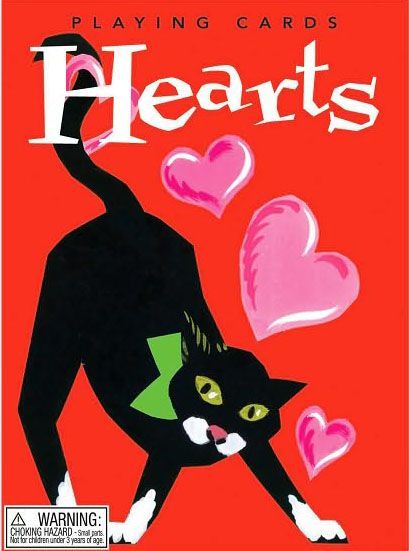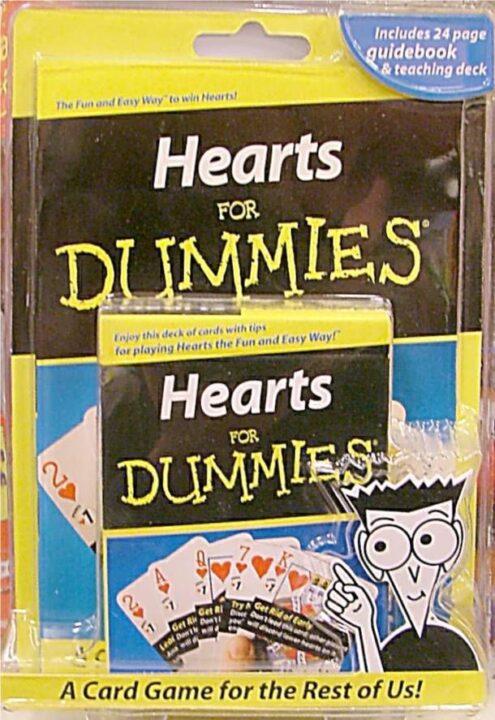If you’re looking for a card game that blends simplicity with depth, you’ve come to the right place. Welcome to my review of Hearts! This classic card game will test your wit and keep you and your friends entertained for hours. Let’s dive into what makes this game a must-try for any game night.
How It Plays
Setting Up
First, grab a deck of cards and remove the jokers. Shuffle the deck and deal out the whole thing to all players. You’ll each end up with 13 cards. Simple, right?
Gameplay
The player holding the 2 of clubs starts the round. From there, players take turns playing one card each, following the suit led if possible. The goal? Avoid hearts and the dreaded Queen of Spades. If you can’t follow the suit, you can play any card. The round ends when all cards are played.
Winning the Game
When it comes to scoring, hearts are worth one point each, and the Queen of Spades is worth a hefty 13 points. The aim is to have the fewest points by the end of the game. A game of Hearts typically ends when one player’s score reaches 100 points. However, the player with the lowest score at that point is declared the winner.
Want to know more? Read our extensive strategy guide for Hearts.
The Game Rules and Learning Curve of Hearts
Hearts is one of those classic card games that blend simplicity with depth. The rules are straightforward enough for a beginner to grasp but intricate enough to keep seasoned players on their toes. My friends and I took it for a spin last weekend, and I can tell you—it’s a real brain-teaser!
You start with a standard deck of 52 cards, minus the jokers. Each player gets 13 cards. The aim? To avoid collecting hearts and the dreaded Queen of Spades. Each heart card is worth one penalty point, while the Queen of Spades packs a hefty 13-point punch. Trust me, you do not want her in your hand. The game lasts until someone hits 100 points. The player with the fewest points wins!
Learning Hearts is like learning to ride a bike. At first, you might tumble and collect all the wrong cards. But after a few rounds, you’ll pick up the nuances. Passing cards, predicting opponents’ moves, and deciding when to break hearts—all these strategies unfold naturally as you play more. That said, the initial learning curve might be a bit steep for those not familiar with trick-taking games.
What I adore about Hearts is its perfect balance of easy-to-learn but hard-to-master gameplay. It’s great for both a casual afternoon and a competitive night. However, beginners might feel overwhelmed at first, as the game requires a mix of strategy and a bit of card-counting. It’s a gentle learning curve, but one you’ll enjoy navigating.
Ready to dive into the next topic? Stay tuned because we’ll be exploring the intriguing balance of strategy vs. luck in Hearts!
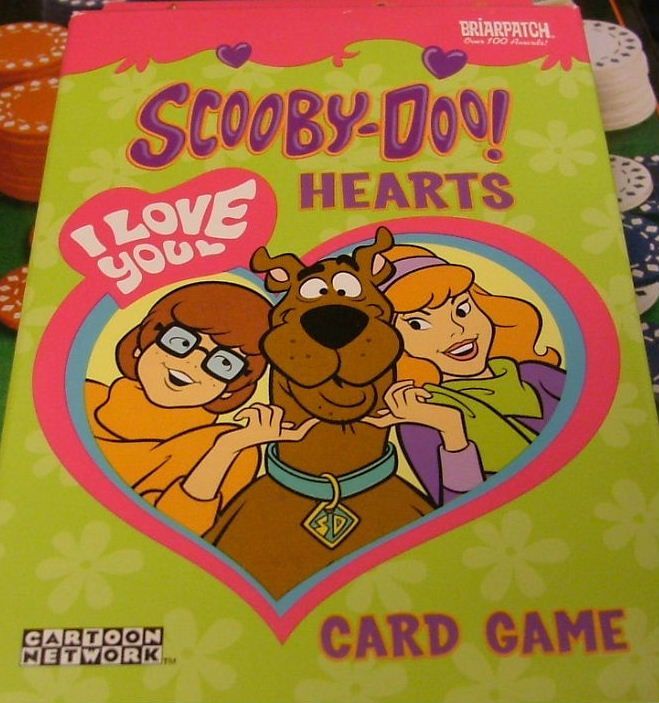
Strategy vs. Luck in Hearts: The Real Deal
Hearts is the kind of game that makes you question your life choices. Seriously. It teeters on a tightrope between strategy and luck. Let’s talk strategy first. Hearts hinges on your ability to outmaneuver your opponents. You gotta think ahead, predict their moves, and sometimes, throw a curveball just to keep them on their toes. It’s like playing chess, but with more heart… cards.
Now, let’s toss luck into the mix. Hearts isn’t all rainbows and perfectly executed strategies. Oh no, luck can mess up your master plan faster than your grandma grabbing the last slice of pizza at family dinner. That being said, the randomness of card distribution keeps the game exciting. One moment you’re the king of the world, the next, you’re drowning in a sea of points thanks to that dreaded Queen of Spades.
But here’s the kicker. While luck influences the game, your skill in managing bad hands is what separates the pros from the average Joes. Can you bluff your way out of a bad hand? Can you predict when to shoot the moon? The balance between luck and strategy is what makes Hearts endlessly replayable. It’s not a game where luck alone can win; your wit and cunning play a crucial role.
Ultimately, in Hearts, luck can throw a wrench in your plans, but it’s your strategy that steers the ship. Embrace the chaos and let your inner strategist shine. And if luck isn’t on your side? Well, there’s always the next hand.
Next up, we’ll dive into the joys of player interaction and the dynamics that make Hearts a social masterpiece. Stay tuned!
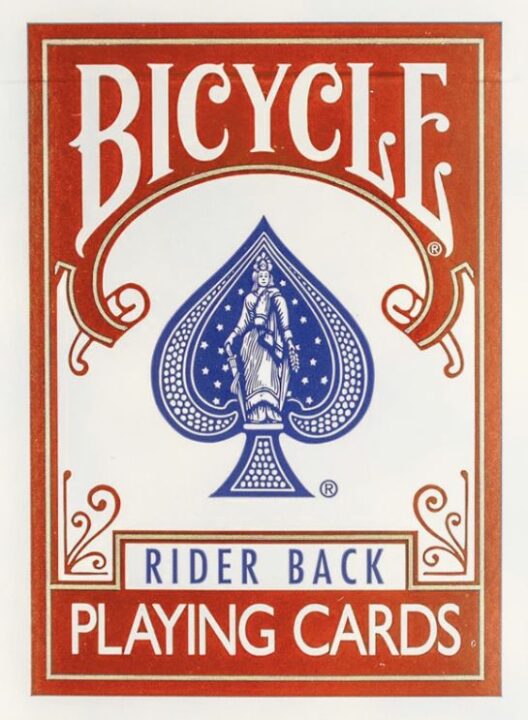
Player Interaction and Dynamics in Hearts
Oh, Hearts! This game is the social butterfly of the card game world. If you think it’s just about playing cards, think again. It’s about reading the room, anticipating moves, and, let’s be honest, a few good-natured stabs in the back.
Let’s start with the Pass. In Hearts, you don’t just hoard your cards. Nope, you gotta pass three cards to someone else. This simple act turns your mind into a hive of strategy. Do you pass your worst cards? Do you aim to sabotage? The passing phase can transform the whole game, and it’s where first impressions either stick or shatter. It’s like Survivor but with cards.
Then there’s the moment someone drops the Queen of Spades. Oh, the drama! It’s like pulling the pin on a grenade and rolling it into the middle of the table. Watching everyone’s face turn white is a sight to behold. What makes Hearts so thrilling is that it’s never just about you. It’s always you versus them, and them versus each other. It’s an intricate dance where alliances form and dissolve faster than you can say “trick-taking.”
Hearts also has this ripple effect. Every decision you make affects everyone else. It’s not just about winning each trick; it’s about ensuring someone else gets that dreaded Queen of Spades. Communication is non-verbal but intense. A raised eyebrow here, a chuckle there, and soon you’re decoding signals like a World War II spy.
If you love games that encourage interaction and mind games, Hearts will tickle your fancy. Next, we’ll chat about Replayability and Fun Factor. Spoiler: It’s a rollercoaster!
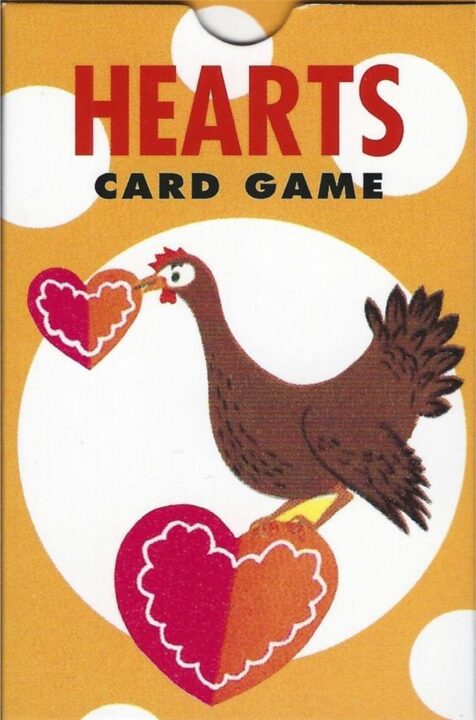
Hearts Board Game: Replayability and Fun Factor
If there’s one thing Hearts has in spades (pun intended), it’s replayability. This card game never gets old. Each round brings new challenges, and the dynamics can change faster than I change my mind about pineapple on pizza.
The game’s beauty is in its simplicity. You can teach it to your Aunt Mildred and your gaming buddy Gary with equal ease. Yet, the strategic depth keeps everyone coming back for more. No two games of Hearts feel the same, thanks to the mix of player interactions and card distribution.
Hearts keeps you on your toes. Should you shoot the moon? Should you dump that Queen of Spades on your unsuspecting friend? Every decision matters, making each game as thrilling as a rollercoaster ride. There’s not too much reliance on luck, which I love. Strategy takes center stage, and that’s how I like my games!
The fun factor in Hearts is off the charts. Whether you win or lose, you’ll have stories to tell. Spiteful moves, unexpected victories, and even epic fails become part of your gaming lore. Trust me, you’ll be laughing about that one time Gary tried to avoid all the hearts and ended up taking them all, for years to come.
In terms of replayability, Hearts scores big. It’s like your favorite pair of jeans – always comfortable and always in style. You can play it over and over, and it’ll still be fun. If you’re assembling a game night lineup, Hearts definitely earns its seat at the table.
So, do I recommend Hearts? Absolutely. Grab those cards, rally your friends, and prepare for a game that’s both timeless and endlessly enjoyable!
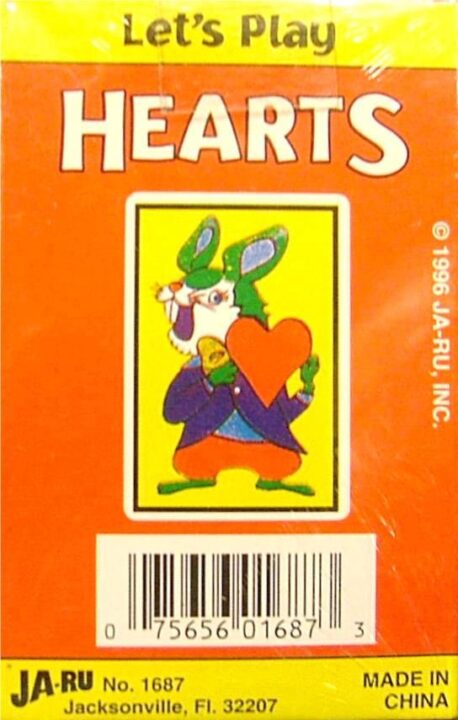
Conclusion
Hearts blends simplicity with depth, making it a must-try for game night. The rules are easy to grasp, but the strategy keeps you coming back. Player interaction is a blast and replayability is high. Whether you’re outwitting your friends or just having fun, Hearts delivers. This concludes our review! Thanks for reading, and happy gaming!

